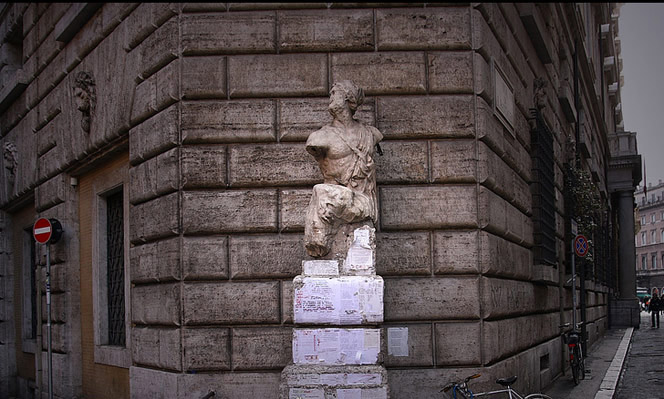Pietro, Paolo e l’Infiorata
Il 29 Giugno, in occasione della festa dei Patroni Ss. Pietro e Paolo, Pro Loco Roma Capitale organizza la VII edizione dell’Infiorata Storica di Roma!
Una manifestazione storica, che riprende i fasti delle antiche feste barocche e riporta a Roma la tradizione delle Infiorate col loro tripudio di colori.
Le origini dell’Infiorata storica
Da sette anni grazie all’impegno di Pro Loco Roma e di maestri infioratori giunti da tutta Italia, rivive nella Capitale una tradizione a lungo dimenticata.
La prima Infiorata Storica venne realizzata in occasione della festa patronale nel lontano 1625, per opera del responsabile della Floreria Vaticana Benedetto Drei e di suo figlio Pietro. Era il pontificato di Papa Urbano VII e piazza San Pietro venne ammantata di “fiori fondati e minuzzati ad emulazione dell’opere del mosaico”, dedicati ai Ss. Pietro e Paolo. Morto Drei, a succedergli fu il grande Gian Lorenzo Bernini, principale artefice delle feste barocche, ed è in questo periodo che “quest’arte floreale da Roma si divulgò”, ai Castelli Romani, poi a Genzano e a Genazzano. La tradizione delle infiorate iniziò così a propagarsi a partire da Roma, ma proprio a Roma andò a scomparire già alla fine del XVII secolo.
Oggi la tradizione rivive nel luogo in cui è nata, restituendo alla città la maternità di un patrimonio culturale da preservare e di un’espressione artistica da tramandare.
(il post completo tratto dal sito di Pro Loco Roma lo potete leggere qui!)







